power
Latest
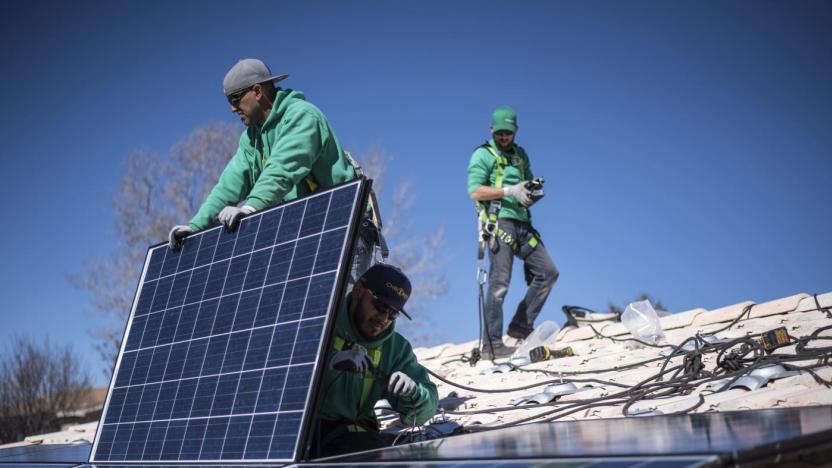
The Energy Department just started its own podcast
You normally don't think of government agencies embracing podcasts -- even if tight budgets aren't a problem, creativity isn't usually their top priority. The US Department of Energy wants to buck that trend, though. It just started up a podcast, Direct Current, that delves into energy technology, government initiatives and energy history. The first episode touches on the problems surrounding the "soft costs" of solar power, solar technology's milestones and the history of the Energy Department itself.

UK's proposed nuclear plant is one of the costliest things on Earth
Nuclear power has been around for decades, but it still isn't cheap... in fact, it may result in one of the most expensive objects on the planet. Cost estimates for the UK's proposed Hinkley Point C reactor have crept up to £24 billion (about $35 billion), making even some of humanity's more ambitious construction projects seem like small potatoes. The Large Hadron Collider cost "just" $5.8 billion to build, the BBC notes. About the only thing that rivals Hinkley on Earth is Chevron's recently completed $54 billion natural gas plant in Australia. If you're not picky, the International Space Station's collective modules top everything at a total of $110 billion.
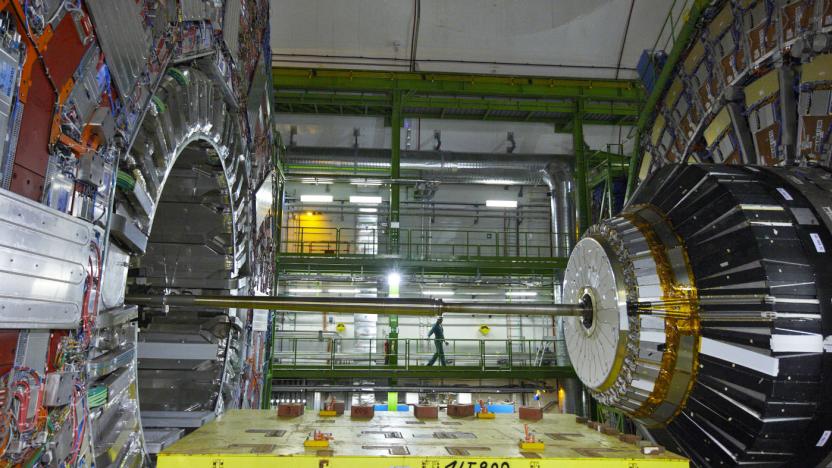
Cord-munching weasel temporarily knocks the LHC offline
Just weeks after coming online from a series of crucial upgrades, CERN's Large Hadron Collider was knocked back offline overnight after a weasel (potentially a Marten) chomped through the wrong power cable. "We had electrical problems, and we are pretty sure this was caused by a small animal," CERN spokesman, Arnaud Marsollier, told NPR.

World's largest coal mining firm declares bankruptcy
It won't shock you to hear that the coal industry is facing tough times lately. Job cuts, mine closures and other signs of financial trouble are par for the course. However, that downturn just reached an important milestone: Peabody Energy, the world's largest private coal mining company, has filed for Chapter 11 bankruptcy across most of its US divisions. The firm says it didn't have much choice between steep drops in the price of coal, a weak Chinese market, overproduction of shale gas and "regulatory challenges" (read: better environmental policies). In plainer terms, people just aren't as interested in coal energy as they were in years past.
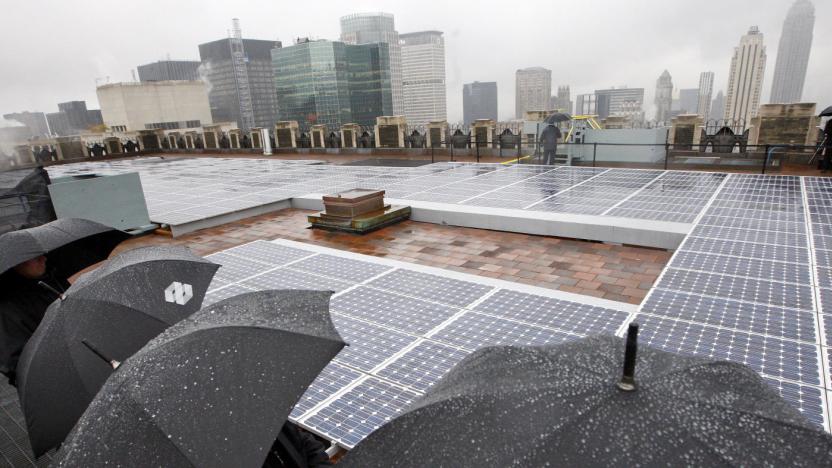
Solar cell generates power from raindrops
Rain is normally a solar energy cell's worst nightmare, but a team of Chinese scientists could make it a tremendous ally. They've developed a solar cell with an atom-thick graphene layer that harvests energy from raindrops, making it useful even on the gloomiest days. Water actually sticks to the graphene, creating a sort of natural capacitor -- the sharp difference in energy between the graphene's electrons and the water's ions produces electricity.
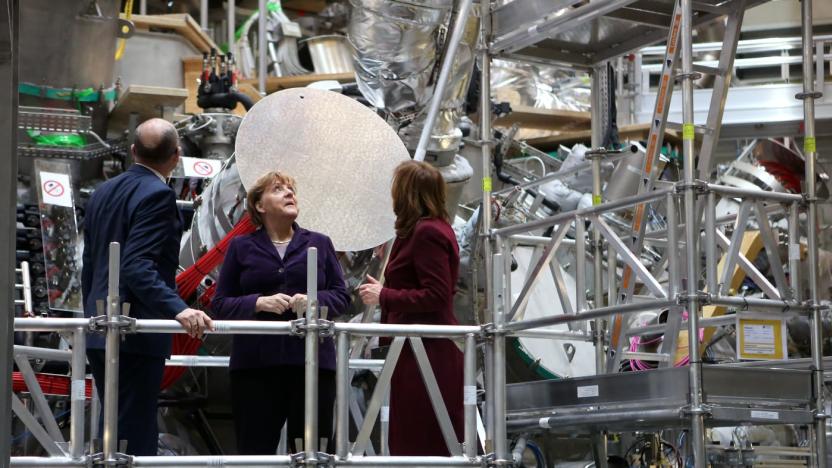
Twisty fusion reactor goes online after 19 years of work
Germany just took fusion power one big, important step forward. The country's Max Planck Institute for Plasma Physics has just switched on Wendelstein 7-X, the first large fusion reactor based on a twisty stellarator design. It's only producing hydrogen plasma at the moment and won't actually generate energy, but power isn't really the point. Instead, it'll serve as proof that stellarators could provide energy while operating continuously, unlike current (tokamak-based) fusion reactors that operate in short pulses. They should be safer, too.

Hackers shut down power grid in Ukraine
Malware is no longer reserved for the millions of consumer PCs all over the world -- it's now used in corporate espionage, as tool to disrupt the infrastructure of entire countries. It's been revealed that just on December 23rd, attackers were successfully able to infect computers belonging to the Ukrainian national grid, which resulted in hundreds of homes in the Ivano-Frankivsk region going dark. It's thought to be the first cyber attack to result in a power outage.

Pee-powered socks generate emergency electricity
A team of researchers from University of the West of England in Bristol, UK want you to pee in your socks. You know, in case of an emergency. They've developed a novel power system that leverages your own liquid waste to generate electricity in an emergency. It's essentially the same process as the still suits from Dune, just with electricity instead of water filtration.

Want Tesla's home battery soon? Go to Vermont
Tesla's upcoming Powerwall battery might be sold out through mid-2016, but you might get one as soon as January... if you live in the right state, that is. Vermont's Green Mountain Power will offer the home energy pack to residents who want to save the environment (and lighten the load on the electrical grid) by generating and storing their own electricity. If you share the battery with GMP, you can either get a $31.76 credit on your bill (if you buy the Powerwall for $6,500 outright) or pay $37.50 per month with no money down. You can also buy the Powerwall without sharing it, if you'd rather keep all that juice to yourself.

Google makes big clean energy purchase to power data centers
Powering Google's online empire takes a lot of energy, and the company wants to use all clean sources to run its data centers by 2025. The company announced the next step towards that milestone today with word that it purchased 842 megawatts of renewable energy on three continents. The purchase includes solar and wind power in locales that range from North Carolina to Chile and Sweden, doubling what it had bought so far. Google says today's announcement is the largest purchase of clean energy by a non-utility company ever.

The UK is closing all of its coal power stations
The UK's last fifteen coal power stations are to be closed within the next decade under new government plans. In an announcement, Energy and Climate Change Secretary Amber Rudd confirmed that in a push for more "secure, affordable, and clean energy supplies," restrictions will be placed on all coal-powered installations by 2023, ahead of a full closure by 2025.

Google engineer takes on subpar USB Type-C cables
Trying to save a few bucks by purchasing offbrand cables? We've all done it -- but there's something you should know about new USB Type-C connectors popping up on cellphones (Nexus, OnePlus), laptops (Macbook, Pixel), tablets (Pixel C) and even Apple TV. The reason why they can charge so many devices, is their ability to transmit currents up to 3A, which could be 50 to 100 percent more electricity than older standards. That's why Google engineer Benson Leung has been putting various USB-C cables sold on Amazon to the test. He worked on both of Google's recent Pixel devices that use the new cable to charge, and found that many of the cables advertised as Type-C aren't actually suited for use with the laptop. They might not be wired properly to charge a laptop, or they don't accurately identify the power source -- something that could damage your laptop, USB hub or charger.

World's biggest floating wind farm is coming to Scotland
Just days after Danish energy provider Dong announced it had signed off plans to build the world's largest offshore wind farm comes news of another milestone in the UK's push for renewable energy. The Scottish Government has confirmed it has given consent to another Scandinavian company, Norway's Statoil, to build Britain's first floating wind farm. A park consisting of five 6MW turbines will be installed off the coast of Peterhead, eclipsing Japan's single 7MW turbine to become the world's largest offshore wind development.

World's largest offshore wind farm to be built in the UK
When the UK government began pulling subsidies for onshore wind farms, it meant that private companies dedicated to harvesting renewable energy would no longer receive financial kickbacks when they sold their electricity to energy suppliers. The decision could have affected the UK's total wind-collecting footprint, but offshore wind farms have remained exempt, allowing companies like Dong -- Denmark's largest energy company -- to commit to new, massive installations in British waters. The company announced it is to build the world's biggest offshore wind farm in the Irish Sea, around 19 kilometres off the coast of Cumbria.

Twisty reactor hints at a future of practical fusion power
Many fusion reactors are based on a tokamak design, which uses an electrical current to twist a superheated plasma's electrons and ions into a three-dimensional loop. That's good for containing the plasma, but it's still not the safest design -- if the current fails or there's a magnetic disruption, you have a serious problem on your hands. However, scientists at the Max Planck Institute may have a more practical alternative. They've recently completed Wendelstein 7-X, the first large reactor based on a stellarator concept that relies on a cruller-like shape for the twisting action instead of a current. That's considerably safer than a tokamak, and the supercomputer-guided design should iron out the containment problems that have plagued stellarators until now.
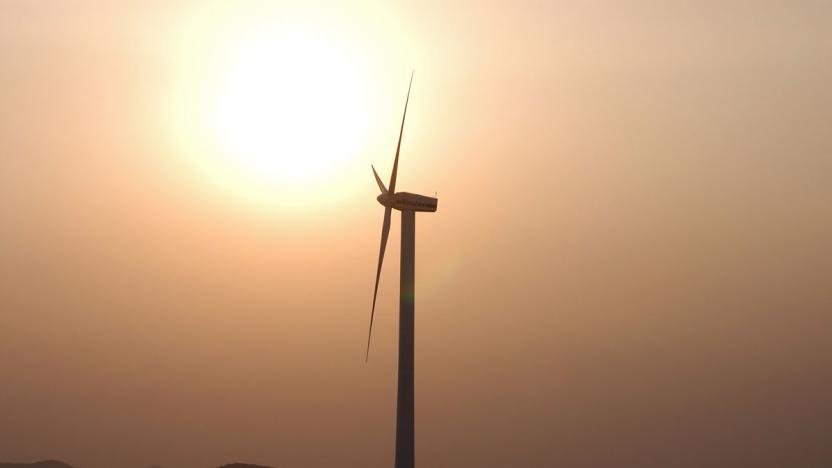
Google invests in Africa's largest wind power farm
Google's big bet on clean energy isn't just limited to the US or Europe -- far from it. The search firm just promised to invest in Africa's largest wind farm, the Lake Turkana Wind Power Project in Kenya, by buying turbine maker Vestas' 12.5 percent stake when the farm is complete. Lake Turkana should generate 310MW of energy when all is said and done, or as much as 15 percent of Kenya's current output. That could not only help the country transition to green energy sources, but give it the kind of reliable electricity that's tough to find in the region.

Tesla batteries will help power California office buildings
Tesla is about to prove that its energy storage batteries aren't just meant for saving money (and possibly, the environment) at home. The Irvine Company plans to outfit office buildings across California with Tesla battery farms that, in an initial phase, will both reduce electricity demand at peak hours and give Southern California Edison up to 10 megawatts of reserve power. That's enough to light up 10,000 homes, folks. Up to 24 buildings in Irvine will get the upgrade in this first wave, and there are hints of more in the long run.

Clean energy is nearly as inexpensive as coal and gas
One of the biggest obstacles to adopting solar or wind power is simply the cost of getting started. However much an electricity company might save in the long run, that up-front expense is tough to swallow. Or rather, it was -- Bloomberg New Energy Finance study has found that the cost of clean energy has dropped so much that it's within spitting distance of dirty sources like coal and gas. The global average cost of onshore wind power has dipped to $83 per megawatt-hour, while silicon solar power now costs $122. Neither of those figures is trivial, but they're not much different than what firms pay for coal (which has risen to $75 per MWh in the Americas) or gas turbines ($82 per MWh). Some green tech is still expensive, such as offshore wind ($174) and marine ($400-plus), but prices have fallen there, too.

Scientists are developing an invisibility cloak for solar panels
Current solar panel technology has enough trouble as it is converting sunlight into useable current, what with their paltry 20 percent average efficiencies. And it certainly doesn't help matters that up to a tenth of every solar panel's active collection areas are obscured from the sun by electrical leads called "contact fingers." But researchers at the Karlsruhe Institute of Technology (KIT) have developed a novel workaround: they're wrapping the finger contacts in little invisibility cloaks.

Kirigami-inspired solar cells can track the sun without motors
Researchers at the University of Michigan announced on Wednesday that they have developed a method of keeping solar cells turned toward the sun without the need for heavy and energy-hungry motors. Their method is based on the Japanese art of Kirigami -- like origami but with cuts in addition to folds. The team's panel is printed on a flexible kapton substrate which has dash-like cuts running across its surface. When stretched, the panel forms a mesh with each section twisting slightly. The degree of twist, which will allow the panel to follow the path of the sun, depends on how much the panel is stretched. "The design takes what a large tracking solar panel does and condenses it into something that is essentially flat," Aaron Lamoureux, lead author on the paper published in Nature Communications, said in a release.




